
Introduction
Flowers have always been a popular subject for artists to paint. Their vibrant colors and delicate petals make them a captivating choice for beginners and experienced painters alike. If you've ever wanted to try your hand at painting flowers but felt intimidated by the complexity, fear not! In this article, we will guide you through the process of creating beautiful flower paintings in an easy and relaxed manner.
Gather Your Materials
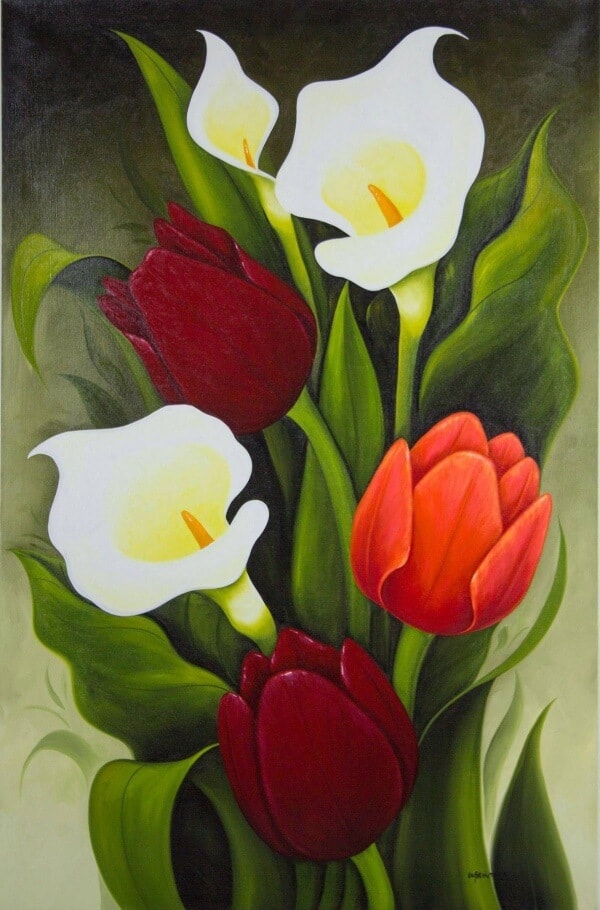
Before you start painting, it's important to gather all the necessary materials. You will need:
- A canvas or canvas board
- Acrylic or watercolor paint
- A selection of brushes in different sizes
- A palette or palette paper
- A cup of water for cleaning brushes
- A paper towel or rag for drying brushes
Choose Your Flower
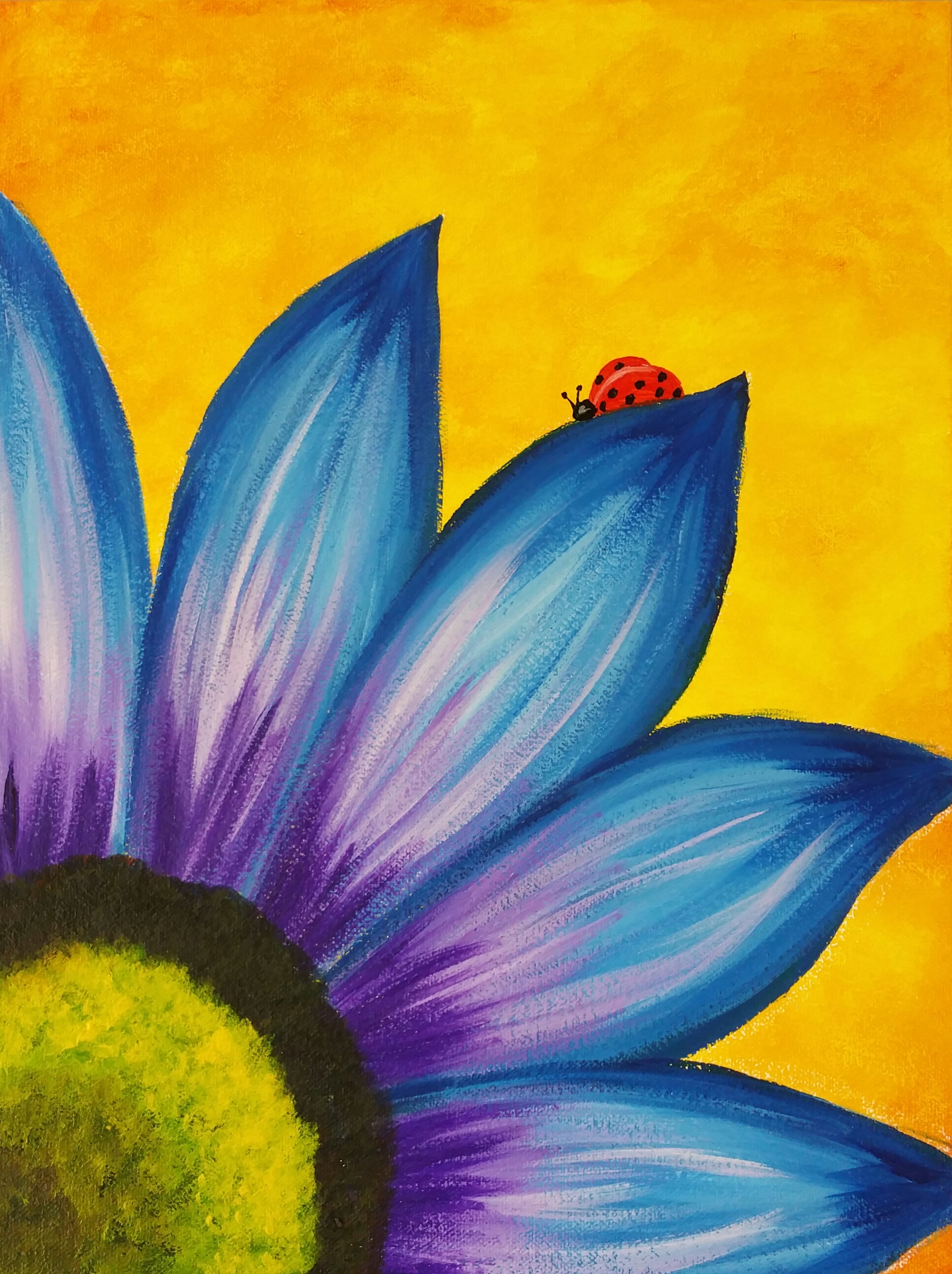
Next, decide on the flower you want to paint. You can choose a real flower as a reference or find inspiration from photographs or other paintings. Start with a simple flower that has basic shapes and colors, such as a daisy or tulip, as this will make the process easier for beginners.
Sketch the Outline
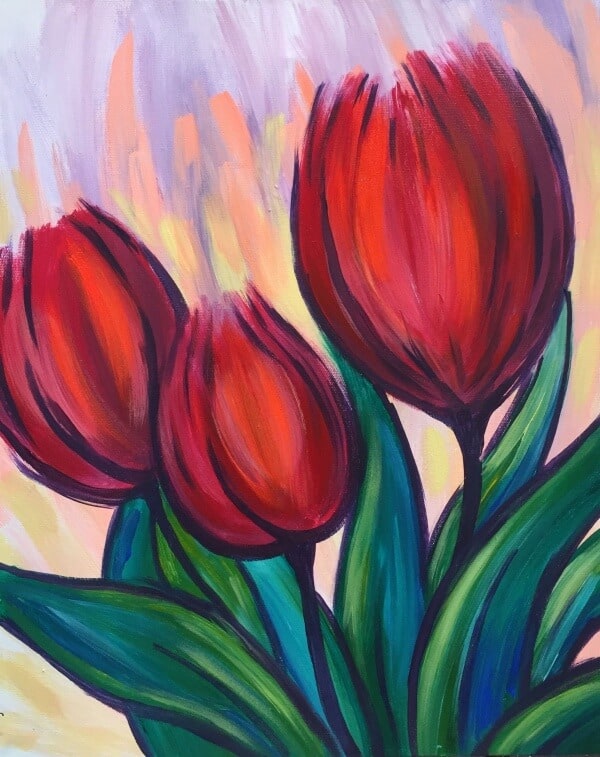
Begin by lightly sketching the outline of your chosen flower on the canvas. Use a pencil or a light-colored pencil so that the lines are easily covered by paint later on. Pay attention to the proportions and shape of the flower, but don't worry about getting it perfect at this stage.
Block in the Background

Start by blocking in the background of your painting. Choose a color that complements the flower and apply it to the canvas using a large brush. This will provide a base for your flower and make it stand out.
Mix Your Colors
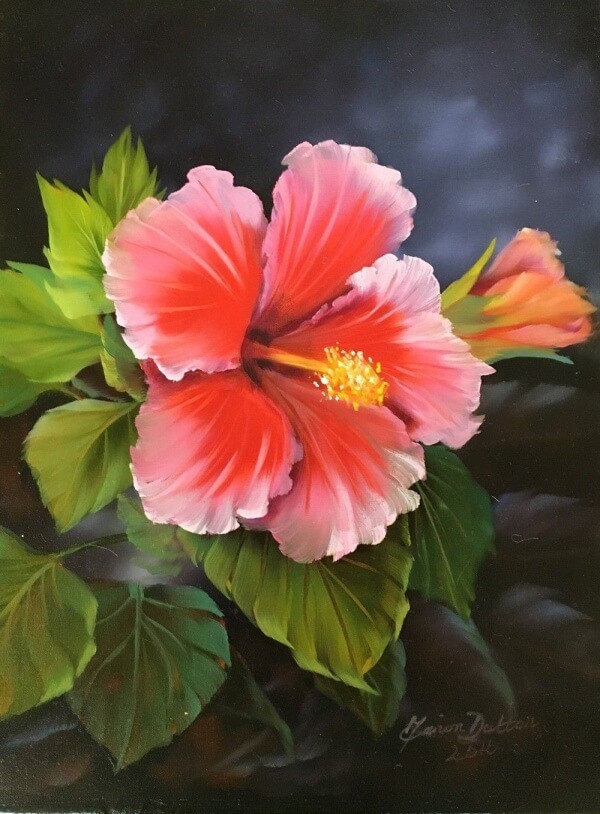
Before you start painting the flower, spend some time mixing the colors you'll need. Study the flower you've chosen and observe the subtle variations in color. Use a palette or palette paper to mix different shades and tones, ensuring you have a range of colors to work with.
Paint the Petals

Now it's time to paint the petals of your flower. Start with the outer petals and work your way inwards. Use a medium-sized brush and apply the base color to each petal, leaving some areas lighter or darker to create depth and dimension.
Add Highlights and Shadows

To make your flower painting more realistic, add highlights and shadows to the petals. Use a lighter shade of your base color to highlight the areas that catch the most light, and a darker shade to create shadows where the petals overlap or curve away from the light source.
Focus on Details
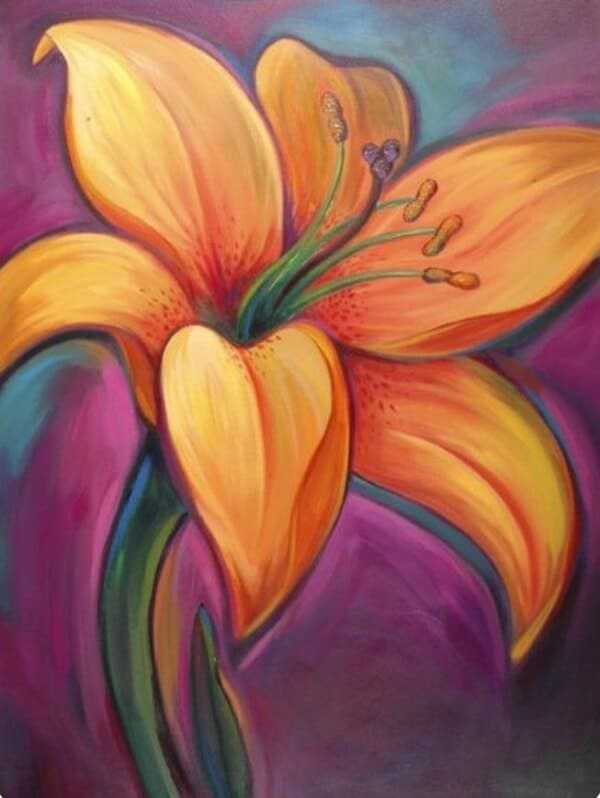
Now it's time to pay attention to the smaller details of your flower, such as the center, stamen, and any patterns or texture on the petals. Use a smaller brush and take your time to add these details, remembering to refer to your reference or inspiration for accuracy.
Work on the Stem and Leaves

Once you're satisfied with the flower itself, move on to painting the stem and leaves. Mix the appropriate shades of green and apply them to the canvas using a brush suitable for smaller details. Pay attention to the shape and texture of the leaves, adding highlights and shadows to enhance realism.
Refine and Adjust

Take a step back and assess your painting as a whole. Look for any areas that may need refinement or adjustment. It's okay to make changes and corrections at this stage to improve the overall composition and balance of your artwork.
Add Final Touches

Once you're satisfied with your flower painting, add any final touches that you feel will enhance the overall piece. It could be adding additional details, adjusting colors, or even adding a background or foreground elements to further enhance the composition.
Clean Your Brushes and Enjoy
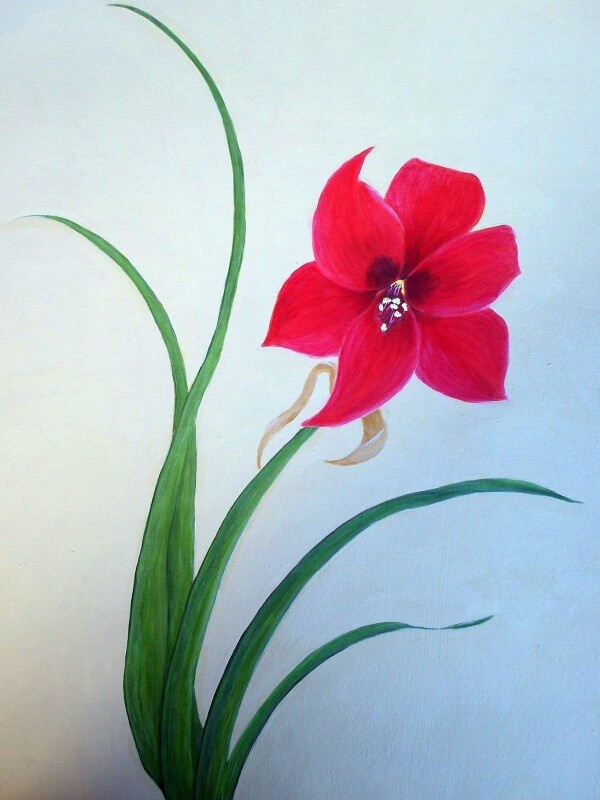
After completing your flower painting, don't forget to clean your brushes thoroughly. Rinse them in water until the water runs clear and gently reshape the bristles. Allow them to air dry before storing them away. Now, step back and admire your beautiful creation!
Conclusion
Painting flowers can be a rewarding and enjoyable artistic endeavor. By following these easy steps, you can create stunning flower paintings even if you're a beginner. Remember to start with simple flowers, take your time, and have fun with the process. Happy painting!